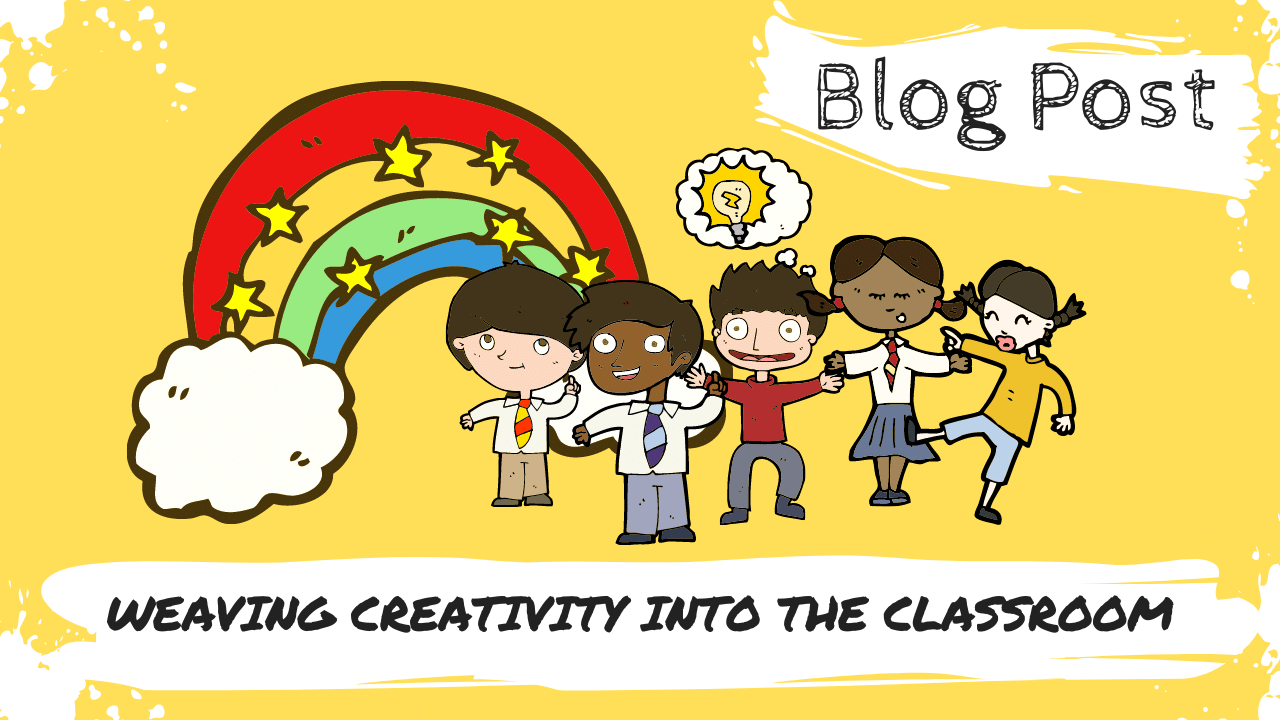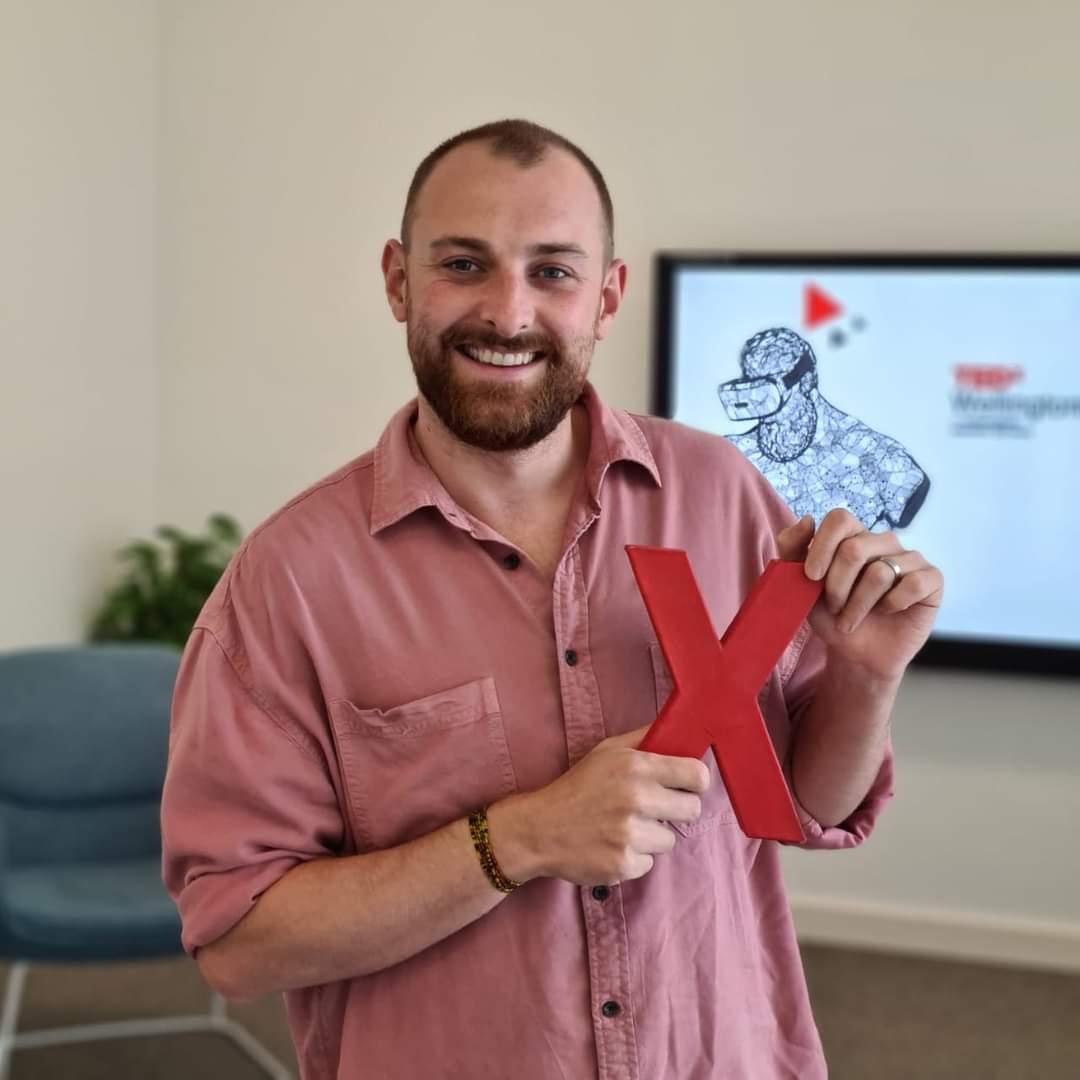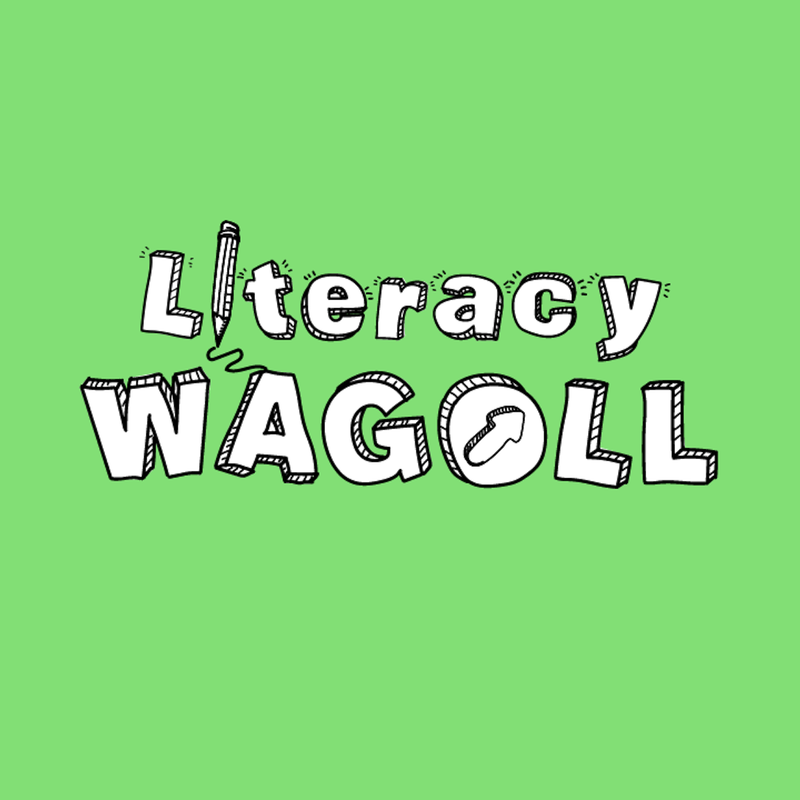|
As the lockdown lightens, one thing that has stood out is how 'everyday people' are demonstrating their creativity in small but powerful ways. Whether it be figuring out how to deliver free school meals during social distancing; using a 3D printer to create much needed medical equipment for the NHS or recording a lockdown themed family parody of 'One Day More' on Youtube (if you haven't seen this yet, it is a must!). Unfortunately, it is regularly documented that our current school systems do not support the development of creativity and that, due to curriculum constraints, very little time is dedicated to creative development. How is it that, in an institution designed and funded to nurture the future generation, we are struggling to develop creativity, while at the same time, trapped in a terraced house for months, creativity has thrived. What can we take away from this 'everyday creativity' and how can we harness this back in school? One thing that we have perhaps learned during this difficult time is that creative thinking is not limited to the arts. Nor does it have to be a huge 'Aha!' moment that leads to fame and fortune! Creativity appears to have thrived, despite the limitations presented to us by a lockdown. This would suggest that creativity is far more simple and humble than the outcomes suggest. Creative thinking should, therefore, not be seen as a huge event or a timetabled lesson. The aim should be to weave key aspects of creativity into everyday happenings at school. But, what are the key aspects of creativity and how can you get weaving? Generating IdeasBeing able to generate ideas is a skill in itself. It appears to be easier than it looks. Interestingly, in my experience, the younger the child, the easier this type of task is. Over time, our brains appear to be blinkered by experiences that allow us to think less openly. How many of you said the painting above looked like the ocean? In reality, it could be anything - they are just marks on a canvas! Life has taught us otherwise. In school, brainstorming, blue-sky thinking and mind mapping are all common strategies for supporting children in generating ideas. These type of activities, however, can be enhanced and become more effective. Interestingly, grouped thinking activities can deter children from sharing ideas based upon how they might be judged. If the idea appears 'unrealistic' or 'silly', children can decide to keep it to themselves. Instead, try allowing children to generate ideas independently, on their own, before coming together to compare ideas. Remember, generating ideas can be incredibly enjoyable and rewarding if there are few constraints. Try not to restrict a child's ideas by passing judgement. It is about generating ideas, not judging them. Entertain all ideas, no mater how unrealistic or far fetched they may appear. Swapping and Upgarding IdeasOnce you think you have a great idea, it is your baby. You want to protect it. How many parents struggle with taking on new 'modern' mathematical methods with the excuse, 'It's not the way I was taught it!' For children, it can be difficult to let go of an idea for a new and perhaps slightly better idea. Especially if the new idea isn't their own. This is a skill in itself - the ability to compare and identify the best idea that fits the purpose. In the classroom, offer children different options and spend time discussing which option might be best. This could be silly, like choosing the best tool to survive on a desert island or, more serious, comparing approaches to mathematical problems. The more children participate in these activities, the easier letting go will be. Strategic thinking is important too. Ask children if the different approaches will lead to the same outcome. Allow children time to think ahead and work their way back. If you choose option one, what might happen compared to option two. Additionally, success criteria plays a key role in allowing children to understand the best way forward. If children know what they need to achieve, they can judge and assess their approaches and ideas. Sorting and arranging ideas based on these criteria can be a useful exercise. Rule Bending and BreakingThis isn't about children going around striving to break all of the your Golden Rules. This is about children understanding that they can think differently about subjects that appear to have set conventions. In school, most subjects appear to have right and wrong answers but, in reality, almost all of them do not. Take a story narrative for example. The story mountain appears in most classrooms at some time during the school year. Traditionally, a story begins with peace and tranquility which is then disturbed by a problem and then resolved. The best authors, of course, play around with this structure; telling stories in new and unexpected ways. No Harry Potter novel started with the sun shining on a pleasant Sunday morning at Hogwarts. Play with the 'rules' and make something new. Breaking conventions does not have to be world shattering! We all know how to use a paint brush - or do we? There is the traditional approach but surely there are more interesting ways? I will leave you to think about that - but hopefully you get the idea. Adapt Existing IdeasNow take the original picture and complete it using one of your own ideas! No idea is truly original and children need to know this. Creativity isn't about developing something completely new. It is more about building on previous existing ideas. Uber combined taxis and and GPS. Apple combined mp3 players and mobile phones. None were completely original, they simply took ideas one step further. What is important and evident is that prior knowledge and context is extremely important. Children need to be familiar with The Three Little Pigs before they can innovate it. Once children have the knowledge they can play around with it. Additionally, new and adapted ideas do not have to be life changing or revolutionary. Weaving creativity into day to day can be subtle. The Three Little Pigs can be re-written and adapted as The Three Little Chickens who are being hunted by a hungry old fox. Finally...It is always good for children to know when they are being encouraged to think creatively but weaving creativity into learning is not about directly teaching these skills. In fact, if you try to directly teacher creativity it will most likely be counterproductive. It is like trying to make someone happy, it has to be approached indirectly.
The most simple way to encourage creativity is not through jazzy planning and experiences, but through questions. - Might there be other ways to do this? - What do you think? What might other people think? - What might it be like? - What if there was another way? Creativity is spontaneous and can not be planned for. Simply weave thinking, conversation and possibilities into everything you do. Provide the right environment and the kids will take care of the rest!
3 Comments
Kaylah Handley
12/10/2020 04:01:18 am
I loved how this blog showed the step by step process of being creative. It shows that not only did it start off with just 3 basic colors but it ended with being a masterpiece the student created with using the questions the teacher asked. There was not a right or wrong way to go about painting the new picture.
Reply
11/1/2023 08:02:55 am
Excellent article! Thank you for your excellent post, and I look forward to the next one. If you're seeking for discount codes and offers, go to couponplusdeals.com.
Reply
Leave a Reply. |
SearchWith a keen interest in the neuroscience and psychology of learning, WAGOLL Teaching is about sharing research alongside great, simple teaching ideas to a global teaching community.
Ben has been in education for over 10 years and is passionate about simplifying high quality teaching and learning through innovative and practical approaches in the classroom. sUBSCRIBE |
|
Who are we? |
With a keen interest in the neuroscience and psychology of learning, WAGOLL Teaching is about sharing research alongside great, simple teaching ideas to a global teaching community.
|
All copyright reserved ©.
I would like to remind all visitors to this website that all pages on this site are copyright protected, unless stated. Most importantly, this site is for the use and enjoyment of all children, parents, guardians, carers and teachers who are involved in WAGOLL Teaching. Please use the resources/ideas as you need without replicating them for your own gains.
I would like to remind all visitors to this website that all pages on this site are copyright protected, unless stated. Most importantly, this site is for the use and enjoyment of all children, parents, guardians, carers and teachers who are involved in WAGOLL Teaching. Please use the resources/ideas as you need without replicating them for your own gains.














 RSS Feed
RSS Feed


